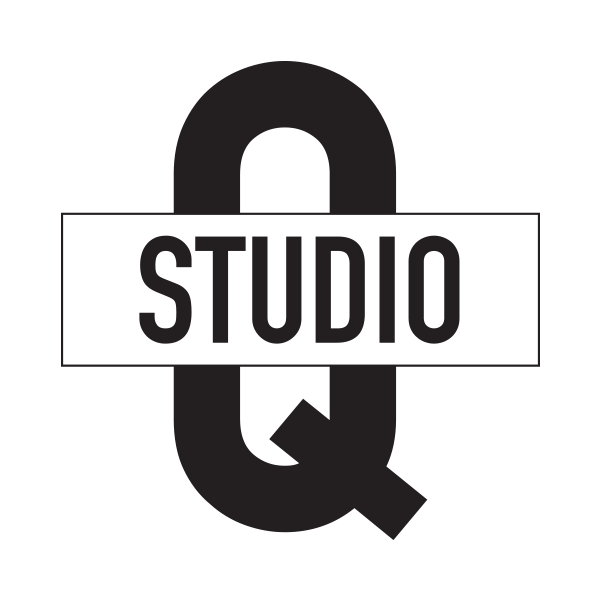A BRIEF OVERVIEW & SOME HISTORY
Over the past several years, I’ve been very interested in pictorialism. After nearly 40 years of making mostly “straight” photographs, I’ve grown tired and bored of working like that. It doesn’t speak to me anymore. I’m not excited to look at “straight” photographs anymore. I suppose I’m looking for more expression. More of the “hand” in the work. More poetry. More something! I understand why this movement came about.
In undergraduate school, I was pushed to get out of my comfort zone photographically, and it was very good for me. I learned a lot about making pictures. It happened in graduate school as well but in a different way. I loved it. But I couldn’t make a living working that way. It’s the old cliche of “starving artist”. I always fell back into the “commercial” mode. How to pay my bills and feed my family was always a concern and influenced the majority of what I did. What would sell? What would get me into galleries? What jobs are available? What does the market want? Etcetera, etcetera… a tough world to live in. I will say that I feel like a lot of my portraiture work was not conventional and pushed against the tide of capitalism at least a little bit. It was a very bright spot in all of my work and didn’t feel so “commercial”. Although, in the end, it was.
I worked as a photojournalist for many years and eventually spent 20 years working as a photographer for the U.S. Government. I took early retirement in order to pursue my passion full-time. I enjoyed my career. I traveled the world and made pictures. It was good, no regrets. Between that and my personal work, exhibitions, teaching, and publishing books, it’s provided what I have now. Jeanne and I live on 12 acres in the Rocky Mountains of Colorado. The solitude is priceless. I have no words to describe how much gratitude I have for my life - I’m living my dream. And I couldn’t have done any of it without my wife, Jeanne. We’ve been married 31 years this August.
Having said that, the commercial pursuit is not an issue for me anymore. At 58 years old, I’m all about making work that moves me, that speaks to me whether the masses like it or not. Don’t misunderstand me, I will sell prints and books, and I do, but it doesn’t drive the work as it did before. The work I make now is not connected to any commercial endeavor like before. What freedom! I truly feel like I’ll make my best work over the coming years because of that. A huge weight and obligation have been lifted and I’m very grateful for that.
WHERE DOES PICTORIALISM FIT?
First, what is pictorialism? Pictorialism is an international style and aesthetic movement that dominated photography during the later 19th and early 20th centuries (1885 - 1915). There is no standard definition of the term, but in general, it refers to a style in which the photographer has somehow manipulated what would otherwise be a “straight” photograph as a means of "creating" an image rather than simply recording it. I like what photographer Sandy King said, “Only images which show the personality of the maker, generally through hand manipulation, can be considered works of art.
- An interest in the effect and patterns of natural lighting in the outdoor landscape
- An impressionistic rendering of the scene, in which overall effect is more important than detail
- The use of symbolism or allegory to reveal a message
- The use of alternative printing processes: carbon and carbro, gum bichromate, oil and bromoil, direct carbon, and platinum.
A review of the techniques Pictorialists used to convert the camera into something closer to a paintbrush is also enlightening. These included darkroom manipulation; the combining of multiple negatives; the use of artisan emulsions; alternative printing methods using gum bichromate and gum bromoil; the use of paintbrushes and handmade paper. In addition to giving the pictures their unique look, these techniques also ensured that no two prints looked identical, even if they came from the same negative.”
I would add to this quote “narrative”. I think it’s very important for art to tell a story of some kind. Pretty pictures are great, but they are so much more powerful when context and intention are present - a narrative. Also, the processes listed are not all of them that can achieve this aesthectic. There are many more that will answer to pictorialism. The Kallitype (below) is an example of that.
I agree that oil printing is probably one of the best printing processes to use for pictorialism. I’ll be making a few of them with my new collodion dry plate negatives over the next few days. Let’s see if they have the “pictorialist” aesthetic. I have high hopes and will work until I achieve want I want.































